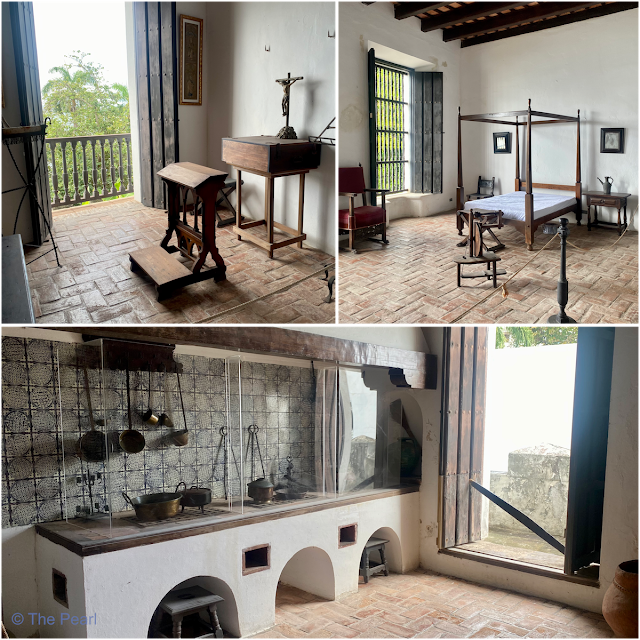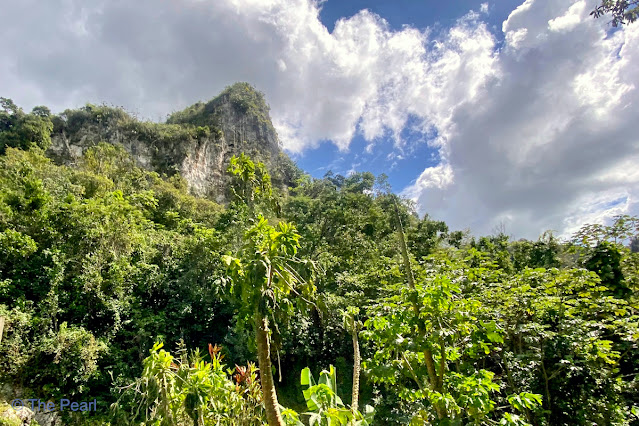“Travel has a way of stretching the mind. The stretch comes not from travel’s immediate rewards, the inevitable myriad of new sights, smells and sounds, but with experiencing firsthand how others do differently what we believed to be the right and only way.” —Ralph Crawshaw
Like yesterday, we tried to visit places we didn't see on our first visit. We wandered through town taking in the sights and history of the town. Today's post is some of the history we learned.
Catedral Basilica Menor de San Juan Bautista is the second oldest church in the Western Hemisphere and the oldest church on U.S. soil. The history of the church dates to 1521 and the beginning of the Spanish colonization of the island. The original church was demolished by a hurricane and the current structure dates to 1540. The elegant gothic facade has evolved over centuries. It's the final resting place of Juan Ponce de León, the first governor of Puerto Rico.
The church is located on Cristo Street, just a short walk from the San Juan Gate. It was the first stop for many travelers who landed on the island and walked into the city through its only seaside entry. Sailors and travelers visited San Juan Bautista as soon as they got off the boat so they could thank God for a safe voyage.
Just one picture of the beautiful streets of OSJ.
Save A Gato (SAG) was created in 2004 to address the booming cat population around historic Old San Juan, particularly around the Paseo del Morro pathway. SAG is the only non-profit organization that has an agreement with The National Park Service to manage a colony of cats on national park land. Trap, neuter and return (TNR) has worked wonderfully to reduce the size of the cat colony around El Morro by 50% since 2004.
Views from the city wall. Looking south to the La Fortaleza and the governor's mansion and looking north to the El Morro and Casa Rosa.
Quincentennial Square - built in honor of Columbus' first voyage.
La Perla (The Pearl) was named after a little Spanish fort that once stood there. It's a historical shanty town astride the northern historic city wall of Old San Juan stretching about 650 yards along the rocky Atlantic coast immediately east of the Santa Maria Magdalena de Pazzis Cemetery. The community has a lot of history and perhaps the most unique on the island. It was originally the site of a slaughterhouse built in the 18th century. Slaves, the homeless and non-white servants were required to live outside the city walls, so that was the beginning of homes being built here. Back in those days, living on the water was for the poor and landless.
Even before Hurricane Maria hit Puerto Rico, La Perla started painting its houses in bright colors and adding murals to the squares to improve the looks of their community. The neighborhood has a history of crime and isn't a place we would go after dark, but we felt very safe at the restaurant and walking along the waterfront. Locals don't seem to bother tourists if they are respectful, stay close to the water and don't take individual photos of their homes.
La Garita gives diners the best view in OSJ while enjoying a great meal.It was a perfect day to enjoy a few Mojitos and a little seafood. I don't think we could have found a better view anywhere on the island.
The colorful homes of La Perla.
The views from the waterfront.
Looking west to El Morro.



































































